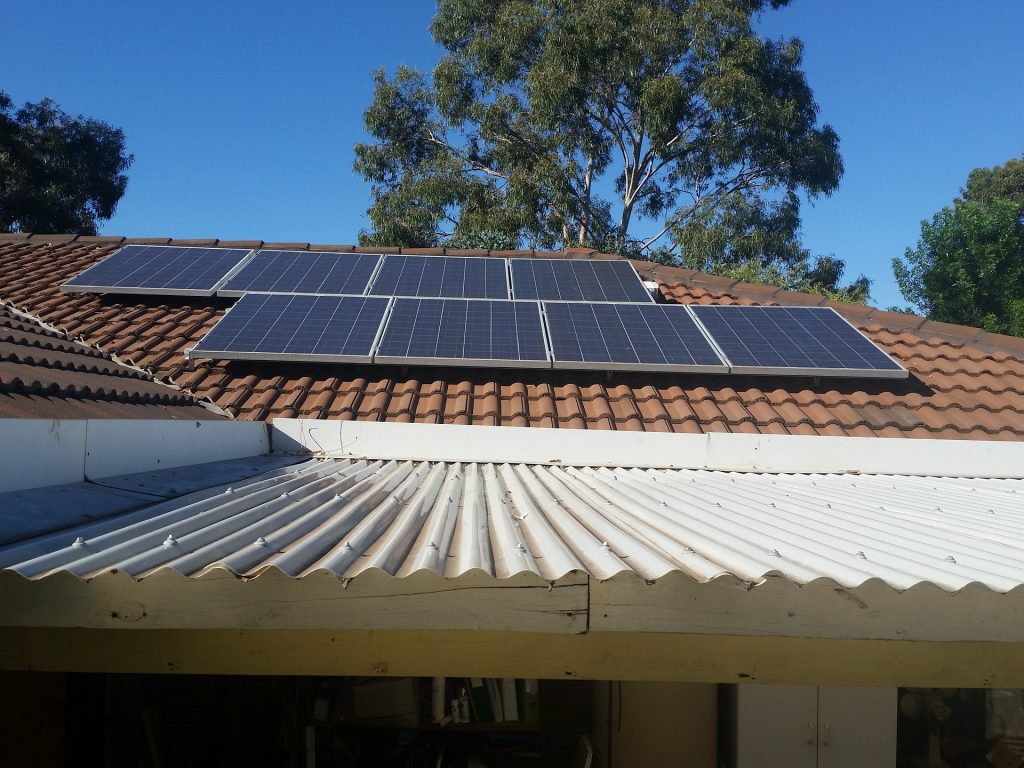Direct current (abbreviated DC), refers to an electrical charge flow in which the charge carriers flow exclusively in one direction. The so-called technical current direction is based on charge carriers flowing from the positive pole to the negative pole. This definition is historical. In fact, in metallic conductors, the negatively charged electrons cause the charge to flow from the negative to the positive pole. However, even after the discovery of this fact, the historical definition was maintained.
The flow direction of the direct current remains constant over time. The course therefore results in a straight line parallel to the time axis. The current is caused by a “DC voltage”, an electrical voltage with constant polarity. However, the magnitudes of voltage and current do not need to be constant; they can change over time.
Direct current can be generated with the help of batteries, fuel cells, photovoltaic systems or even direct current generators. It is needed, for example, to operate electronic devices, DC motors or for electrolysis. Direct current can also be obtained from alternating or three-phase current by means of rectifiers. Inverters, on the other hand, convert direct current intoalternating current, such as that supplied by the household grid. Such inverters are part of any solar installation.

Photovoltaic systems supply direct current and need an inverter.
Image: colmkay va Pixabay
Historical controversy: alternating current or direct current grids?
In the early days of electrification , the question of whether the power grids to be built should be based on direct current or alternating current was highly controversial.
One advocate of direct current was Thomas Edison, who argued, among other things, that alternating current posed greater dangers to humans in the event of electrocution. Nevertheless, the concept of the alternating current network prevailed. It was propagated by the American inventor and engineer George Westinghouse . The main reason for this was that alternating current can be brought to other voltage levels more easily and effectively with transformers (=transforming). This option did not exist for direct current at that time. Only since the development of power electronics have there been attractive and efficient solutions to this problem as well , which have also led to a certain comeback of DC grids.






